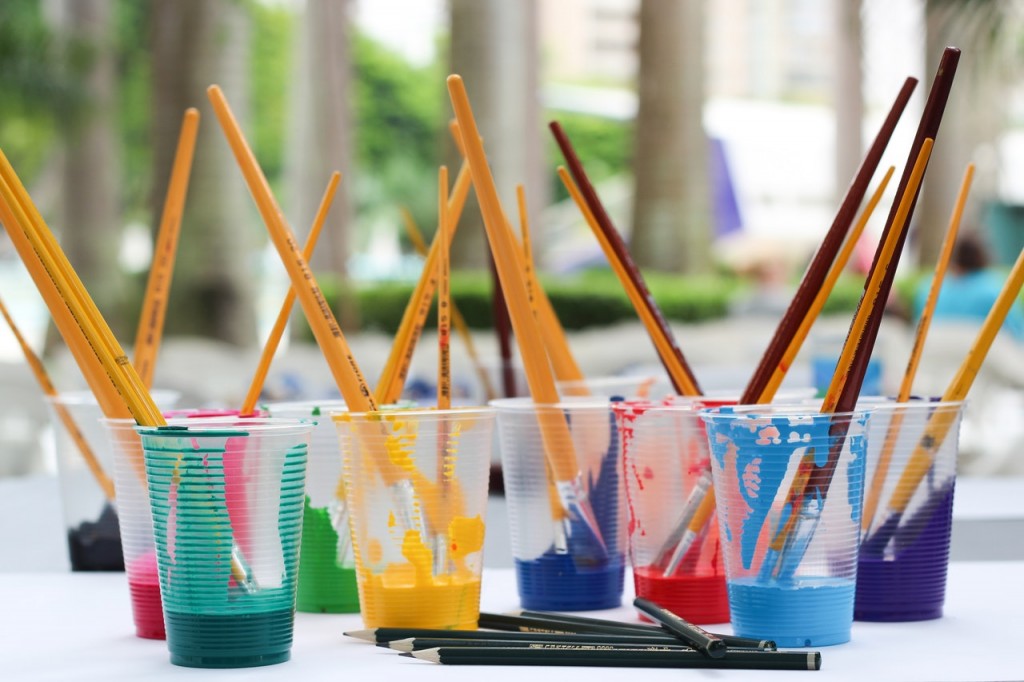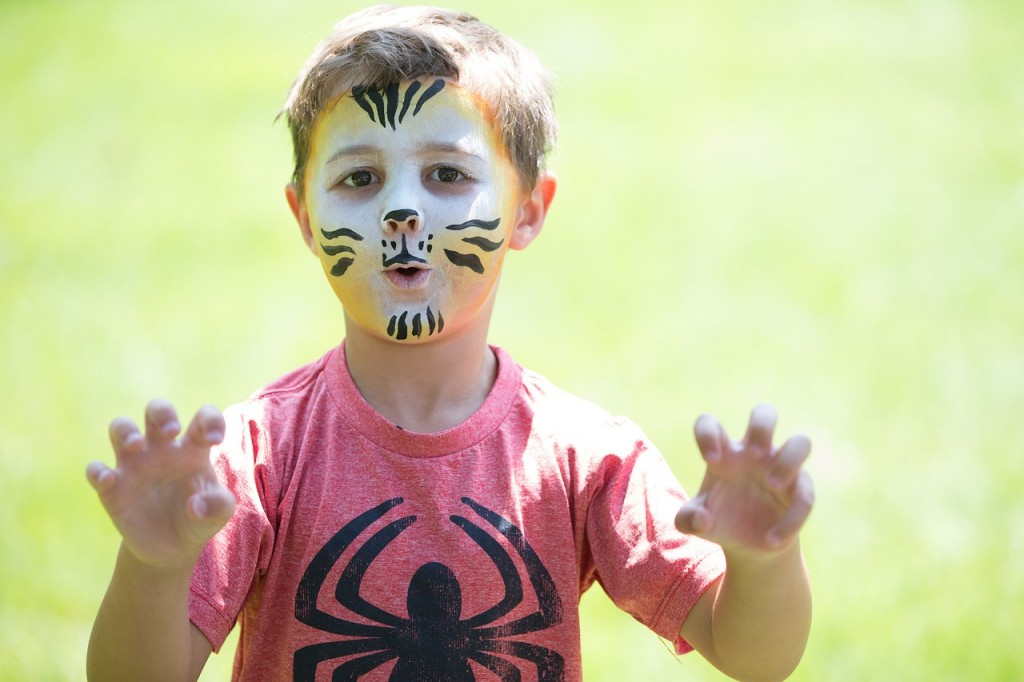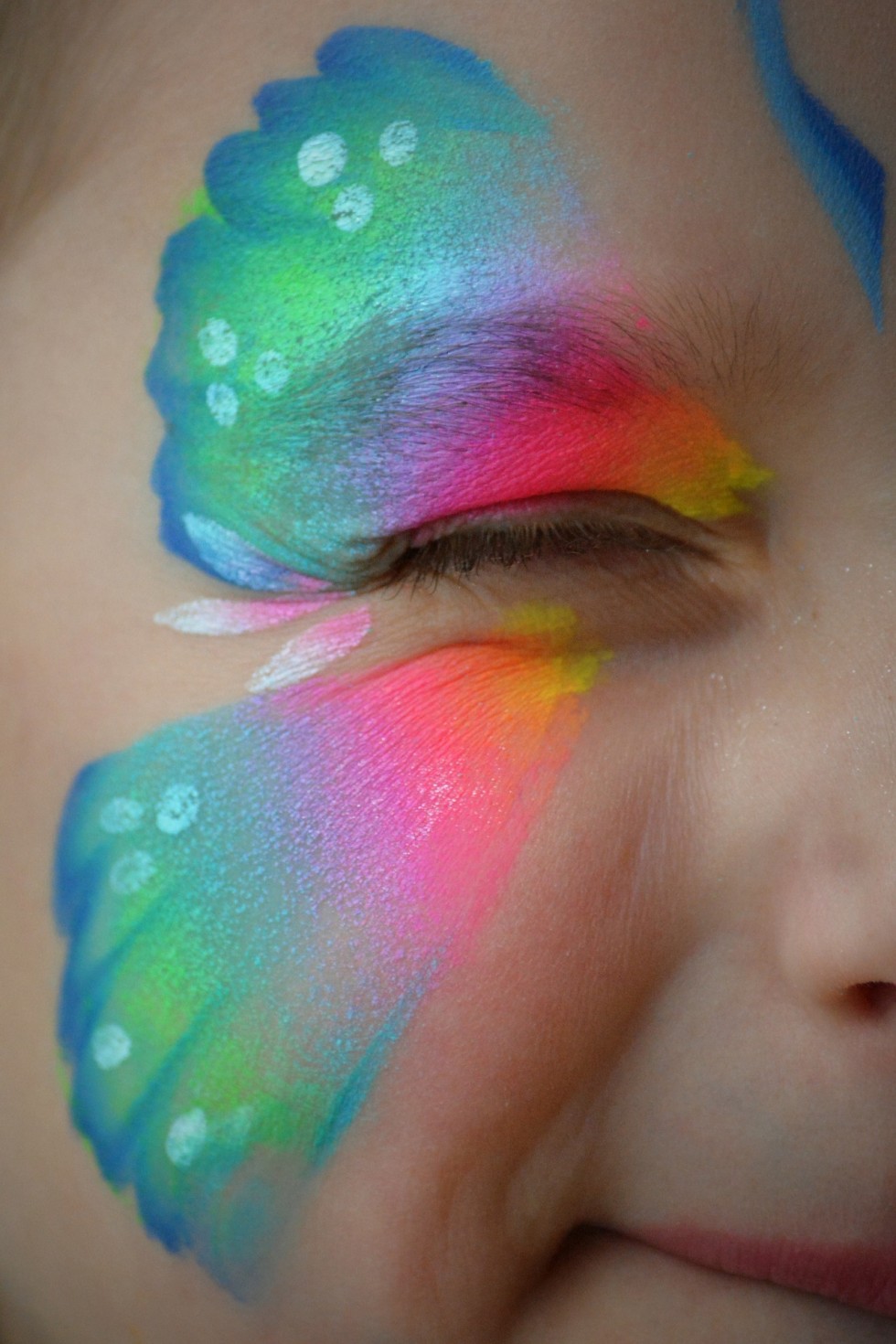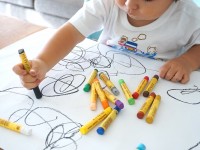Planning a birthday party for your kid? Or maybe it’s a neighborhood festival with lots of attractions for children? No matter what type of event adults plan for children today, face painting has become an indispensable part of such celebrations. This is a great kind of entertainment for children of all ages and a perfect way to keep them busy for some time.
Even though this is quite a popular thing today, rarely do parents question the safety of such an activity. Face painting involves the use of water-based paint and its’ application onto the face with a brush or sponge. The safety concerns with respect to face painting should be related to the paint, yet the importance of the safe application of this paint should not be underestimated as well. This article is dedicated to face painting safety tips for both parents and animators performing this type of activity.

Here is a list of major health concerns:
- Cleanliness of the materials (including sponges and brushes used repeatedly from child to child).
- Safety of the paint used for the activity (its allergy-free composition and proper use in terms of application to different children).
- Injuries caused by allergic reactions, direct injuries from the contact of brushes and sponges with child’s eyes and skin.
- Contamination due to lack of materials sterilization.
While these are typical risks for face painting, very often people neglect them completely. Yet, you have to always be on alert with such things if you want children to remain healthy and have no troubles with the work. Furthermore, it is of utmost importance that people performing face painting are trained about doing so. Very often these are volunteers and parents of the kids who organize the festivals. And this leads to the lack of attention to proper training. However, we insist on the importance of training and reading at least safety regulations for face painting before the event. Below you can find a list of the main norms that are implemented by professional face painters in their work. These safety steps should be taken for any face painting entertainment.
General face painting safety policy
- The face paint must be only Cosmetic-grade, FDA Compliant. It must be water based so that later children could easily remove it from the face.
- The paint must have preservatives that inhibit bacterial growth.
- The same Cosmetic-grade characteristic is applied to glitter and any additional materials that you’re planning to use for the activity.
- All brushes and sponges that are repeatedly used during one event must be sterilized before each use. This is the only way to ensure that every child’s face is painted with a clean brush or sponge. Complete disinfection must be performed at the end of the event.

- Only bottled water is used with the paint. Never ever take tap water for face painting activities.
- All products must be hypoallergenic, FDA Compliant, and meet Child Toy Safety Ratings and Regulations.
- As additional, yet vital elements for face painting, experts advise having mild soap, additional water, and very soft face cloth. All these elements are required for removing the paint should the child need it urgently.
- To eliminate even the slightest possibility of cross-contamination, you can use separate wooden or plastic palettes for every child. This guarantees that the main bottle with paint can’t get contaminated anyhow.
Face painting hygiene policy during events
- Water must be changed as often as possible and no fewer than one time every hour. Brushes and sponges should be used in proportion one element for one child. Do not allow using the same “instruments” for several kids.
- Any face painting expert working at the event must disinfect the hands before and after every child. The easiest way to do it is by using a hand sanitizer.
- Every painter must have unscented hypo-allergenic baby wipes appropriate for child face skin to clean faces if necessary.
Application policy of face painting products
- Before applying the paint, always consult parents about any allergic reactions a child may have. Should they have any doubts, always highlight that the parents, and not the Damaris, are responsible for any complications.
- The painter is not responsible for any accidents with the paint. Should the child eat or put the paint in their own or other children’s eyes, this is not painter’s fault. This fact should be clearly said to the parents before the paint is applied.
- In order to minimize the risk of disease spread, you will have to refuse painting on children if they:
– are or feel sick in any way.
– are known to have head lice.
– have skin infections (poison ivy rash, any kind of skin infection, cold sores, conjunctivitis, sunburns, open wounds, rash, ringworm, etc.)

- Keep in mind that you can’t force a child to be painted over. There are cases when parents force their children to come to face painting stations. If you see that the child is not very happy about the activity, you don’t have to perform face painting. This must always remain a free-will entertainment for children and not a torture.
- Painters have the right to refuse performing the job if a child is not willing to sit still. The same rule is applied to children preventing proper work process. If the child refuses to continue until your work is done, you mustn’t force him or her to finish.
- Professional face painters advise performing face painting activities on children over 2 years old and don’t recommend such entertainment for smaller children. Yet, instead of face painting, you can offer hand painting for kids under the age of 2.
You can see that face painting safety tips are based on common sense. If you follow them all you can expect the whole event to go smooth and easy. Most importantly, there will be no negative consequences, only positive memories!





